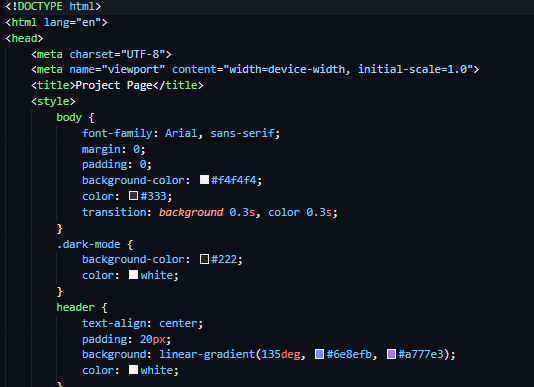React Native, introduced by Facebook, enables developers to build mobile applications using JavaScript and React. It allows for the creation of native-like apps by leveraging native components, facilitating code reuse across multiple platforms.
Flutter, introduced by Google, is an open-source UI toolkit that employs the Dart programming language. It permits the development of natively compiled applications for mobile, web, and desktop from a single codebase, utilizing a rich set of customizable widgets.
Detailed Comparison
| Aspect | React Native | Flutter |
| Programming Language | Utilizes JavaScript, a widely-used language with a vast developer community. | Employs Dart, which, while less prevalent, offers a robust feature set and is relatively easy to learn for developers familiar with object-oriented languages. citeturn0search8 |
| Performance | Achieves near-native performance by rendering components using native APIs. However, performance can be influenced by the need for a JavaScript bridge to communicate with native modules. | Compiles directly to native ARM code, resulting in high-performance applications without the need for a bridge, often leading to superior performance metrics. citeturn0search8 |
| User Interface | Leverages native components, ensuring a look and feel consistent with the platform’s design guidelines. However, this can lead to inconsistencies across different devices and OS versions. | Provides a comprehensive set of proprietary widgets, enabling a consistent UI across platforms. While this ensures uniformity, it may not always align perfectly with native design conventions. citeturn0search8 |
| Development Time | Offers features like hot-reloading and a vast library of pre-built components, potentially accelerating development. However, debugging can be challenging due to the bridge between JavaScript and native code. | Also supports hot-reloading and provides a rich set of widgets, which can speed up development. The cohesive nature of Flutter’s architecture often results in a more streamlined debugging process. citeturn0search8 |
| Community and Ecosystem | Boasts a mature and extensive ecosystem with numerous libraries and tools, thanks to its longer presence in the market. | Although newer, Flutter’s ecosystem is rapidly growing, with increasing community support and a burgeoning package repository. citeturn0search0 |
| Learning Curve | Familiar to developers with a background in JavaScript and React, making it relatively easy to adopt for those with experience in these technologies. | Requires learning Dart, which, despite being less common, is designed for ease of use and offers features that facilitate efficient development. citeturn0search8 |
| Industry Adoption | Widely adopted across various industries, with numerous high-profile applications built using React Native. | Gaining significant traction, with an increasing number of companies adopting Flutter for its performance benefits and streamlined development process. citeturn0search0 |
Considerations for Your Project
When deciding between React Native and Flutter for your cross-platform dashboard application, consider the following factors:
- Team Expertise: If your team has extensive experience with JavaScript and React, React Native may offer a smoother transition. Conversely, if your team is open to learning Dart and seeks the performance advantages Flutter provides, it could be a worthwhile investment.
- Project Requirements: Assess the specific needs of your project. If achieving a highly consistent UI across platforms is paramount, Flutter’s widget-based approach may be beneficial. If aligning closely with native platform behaviors is more critical, React Native’s use of native components might be preferable.
Community and Support: React Native’s mature ecosystem offers a vast array of libraries and tools, which can be advantageous for rapid development. Flutter’s growing community is actively expanding its resources, and its comprehensive documentation can assist in overcoming potential challenges

Leave a Reply